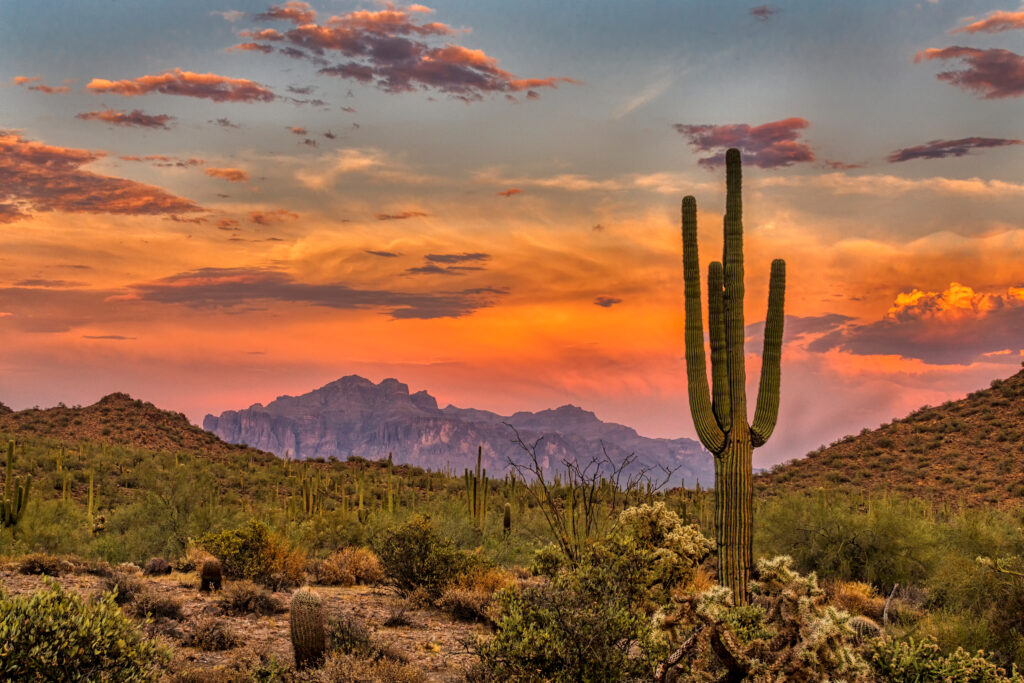Arizona was originally inhabited by Native American tribes for thousands of years before the arrival of European settlers. In 1540, Spanish conquistador Francisco Vásquez de Coronado became the first European to set foot in Arizona. Over the next few centuries, the Spanish established missions and forts in the region, but it was not until the Mexican-American War in the 1840s that the United States gained control of the territory.
On February 20th, 1863, Arizona was organized as a United States territory, becoming the last of the contiguous states to be added to the Union. During this time, Arizona was primarily a place of military importance, with forts established to protect against Native American raids and to secure the region during the Civil War. The discovery of gold and silver in the late 1800s brought an influx of prospectors and settlers, leading to the establishment of towns and cities throughout the territory.
In 1912, Arizona became the 48th state to be admitted to the Union. Throughout the 20th century, the state experienced rapid growth and development, becoming a hub of industry, agriculture, and tourism. The construction of the Hoover Dam in the 1930s brought much-needed jobs and resources to the state, while the growth of the aerospace industry in the post-World War II era solidified Arizona’s place as a center of technological innovation.
Today, Arizona is known for its diverse landscapes, including the Grand Canyon, Sedona’s red rock formations, and the Sonoran Desert, as well as its rich cultural heritage, vibrant cities, and thriving economy. Despite its rapid growth and development, Arizona remains committed to preserving its natural resources and cultural heritage, ensuring that future generations will be able to enjoy all that this unique and beautiful state has to offer.
References:
https://www.britannica.com/event/Mexican-American-War




